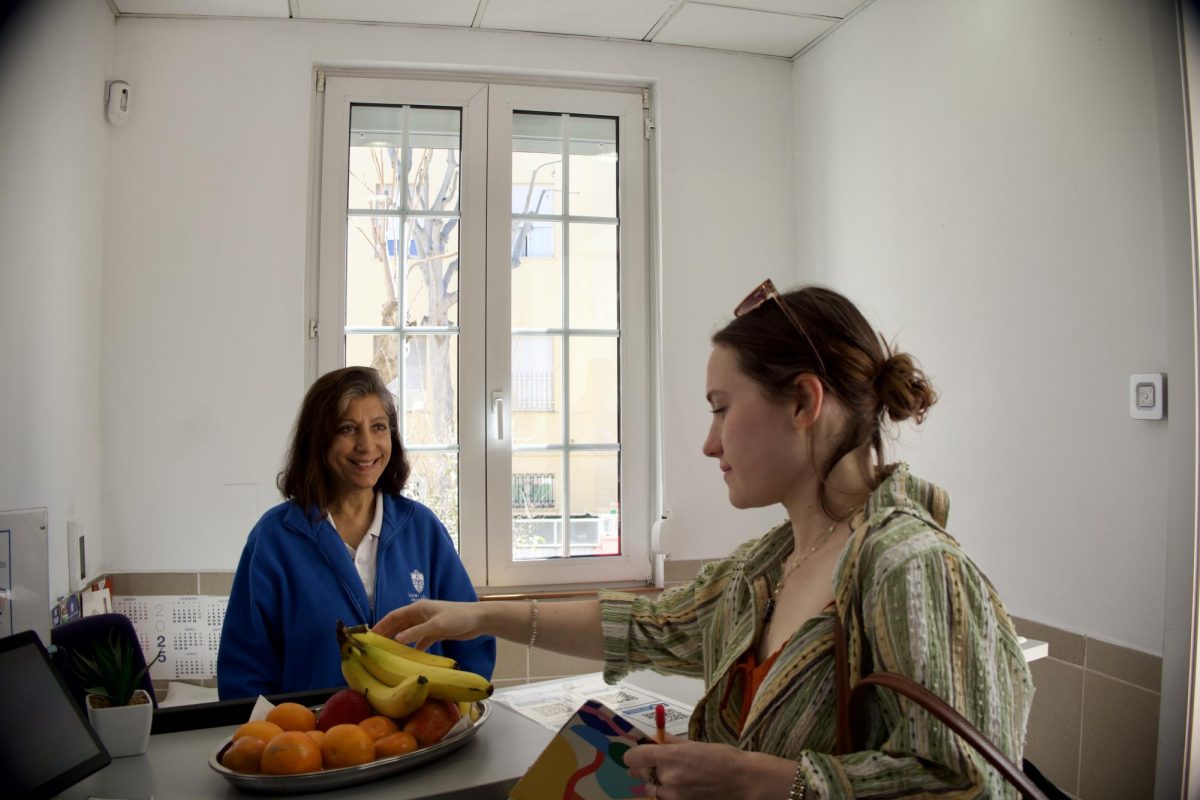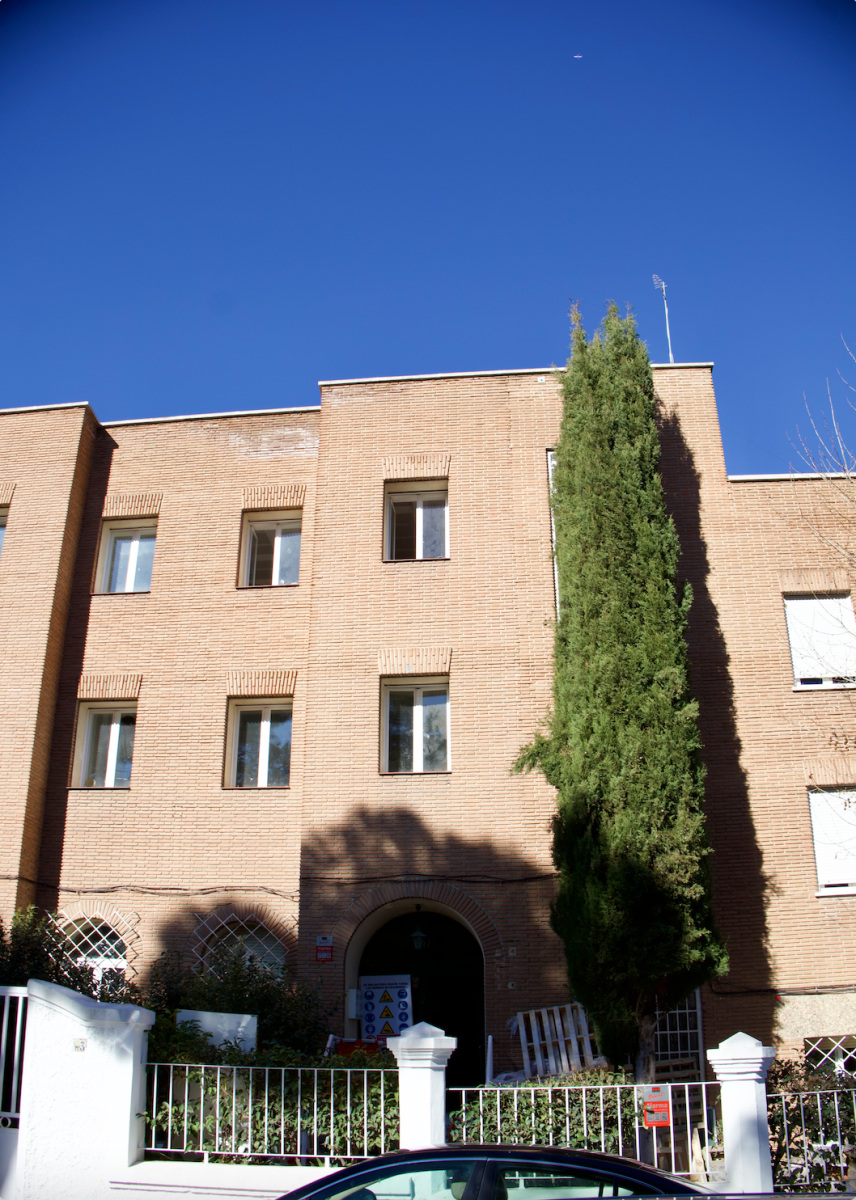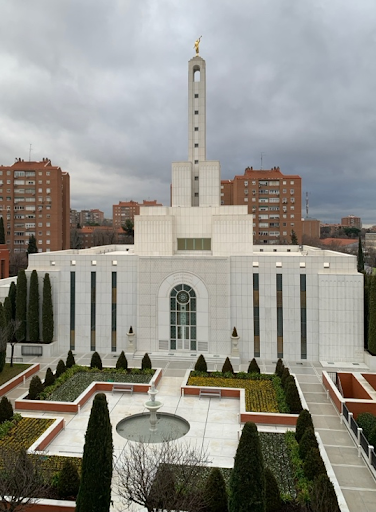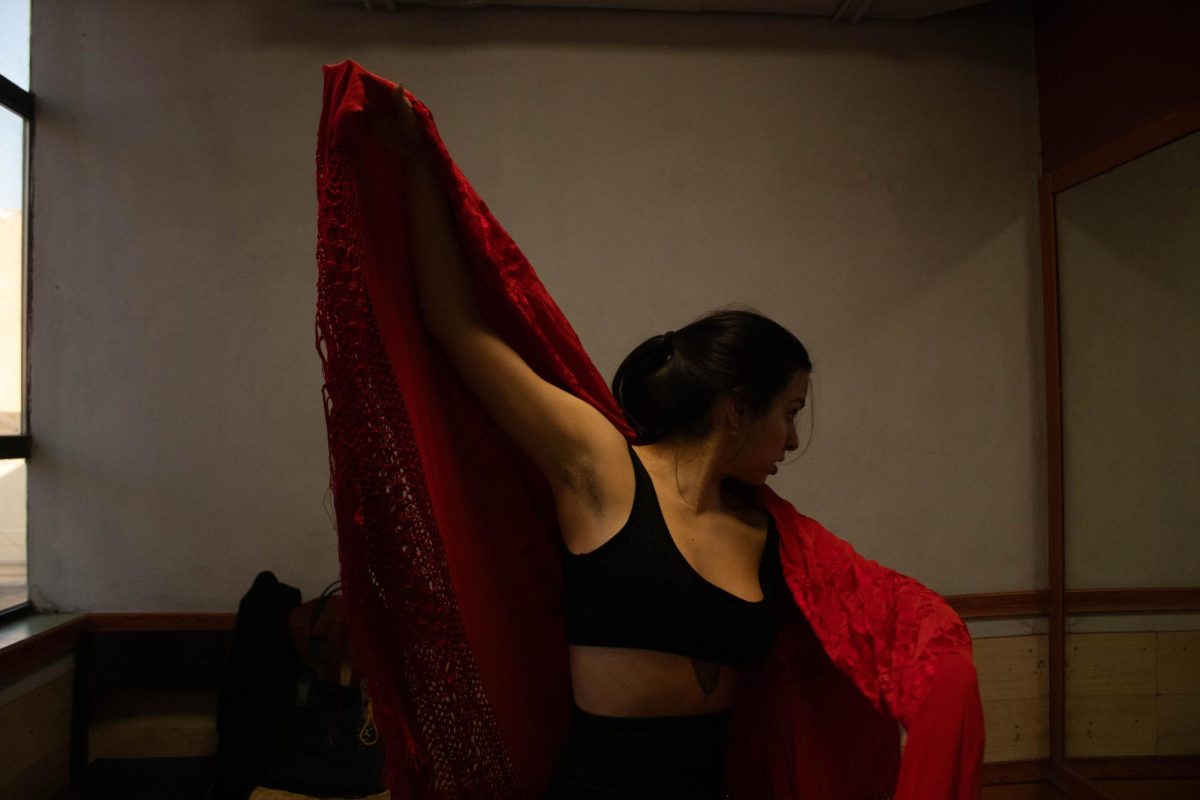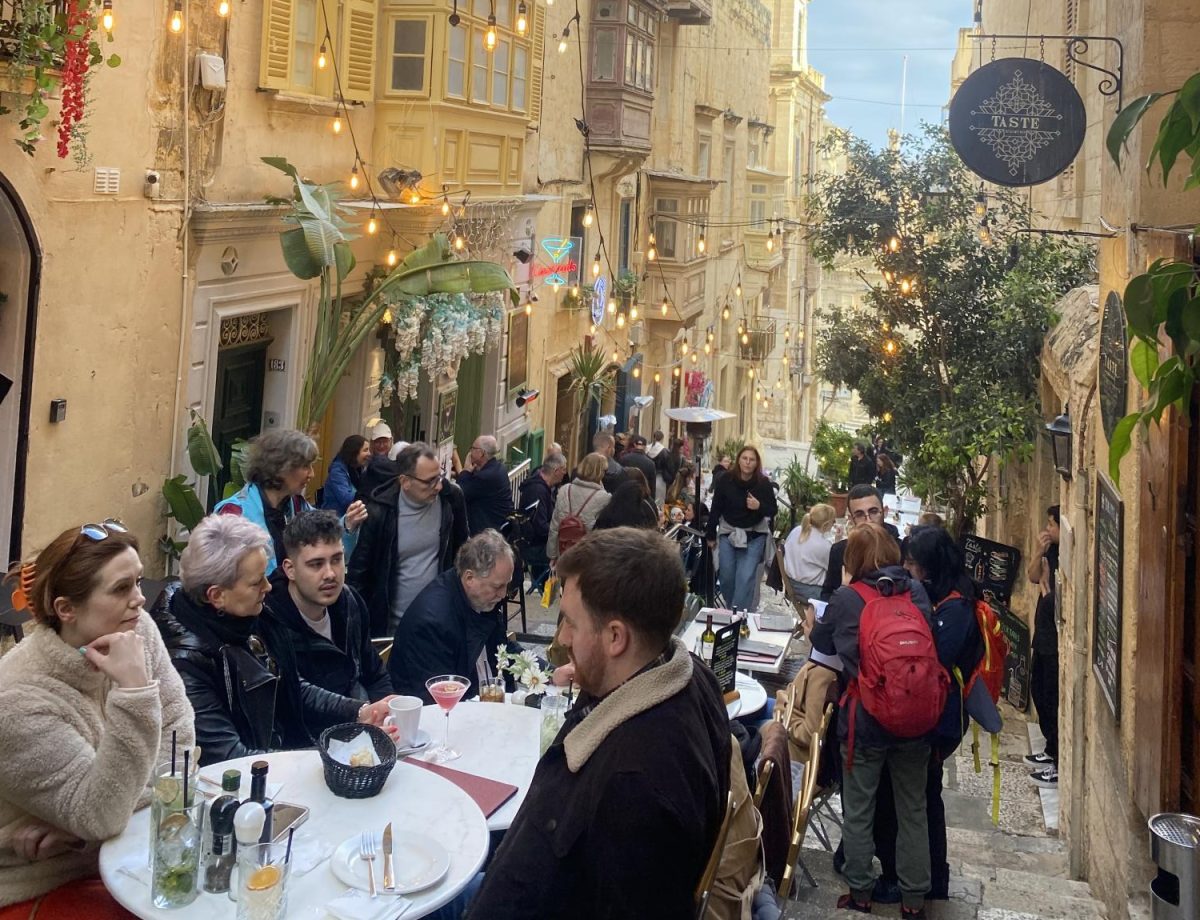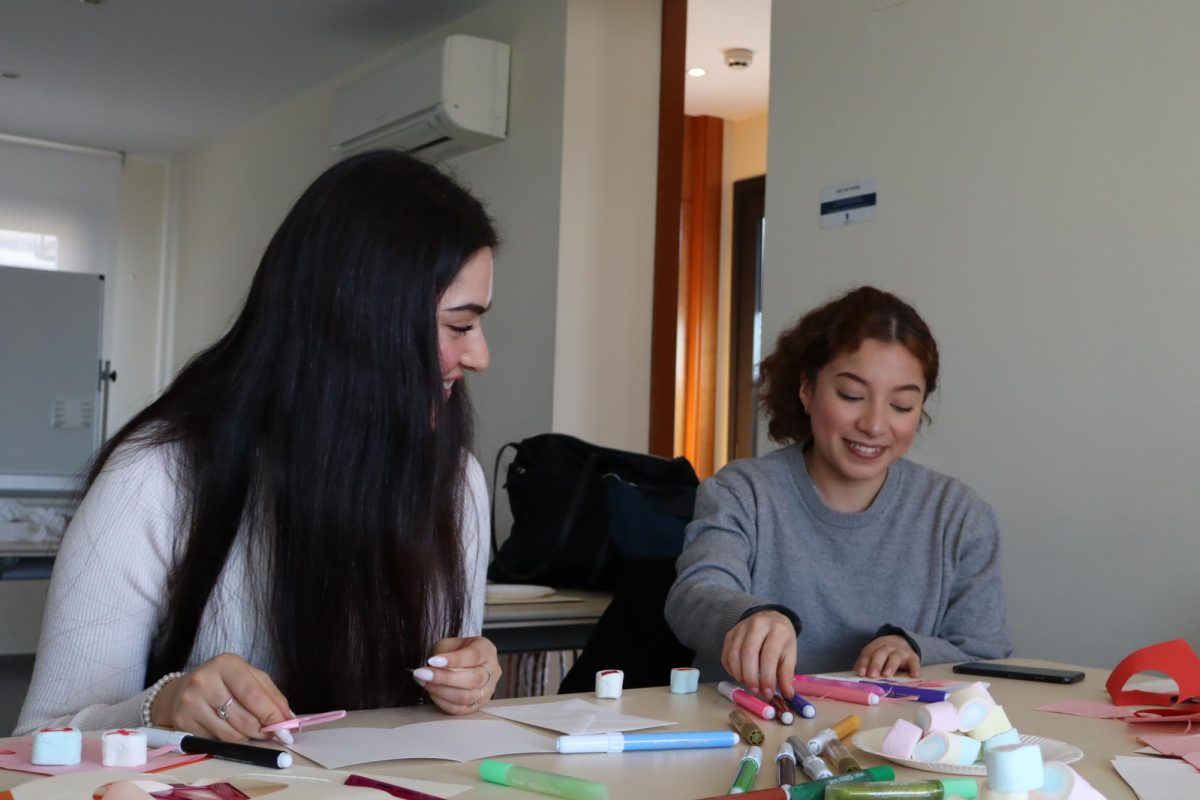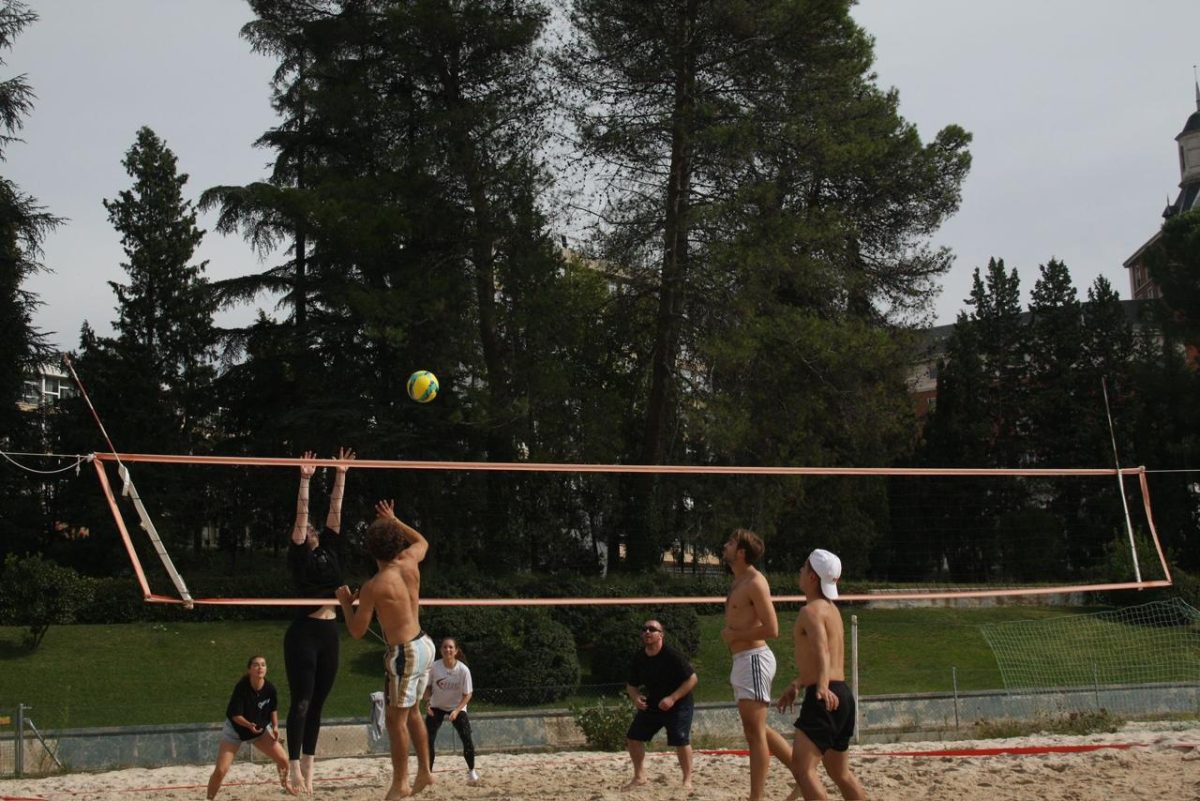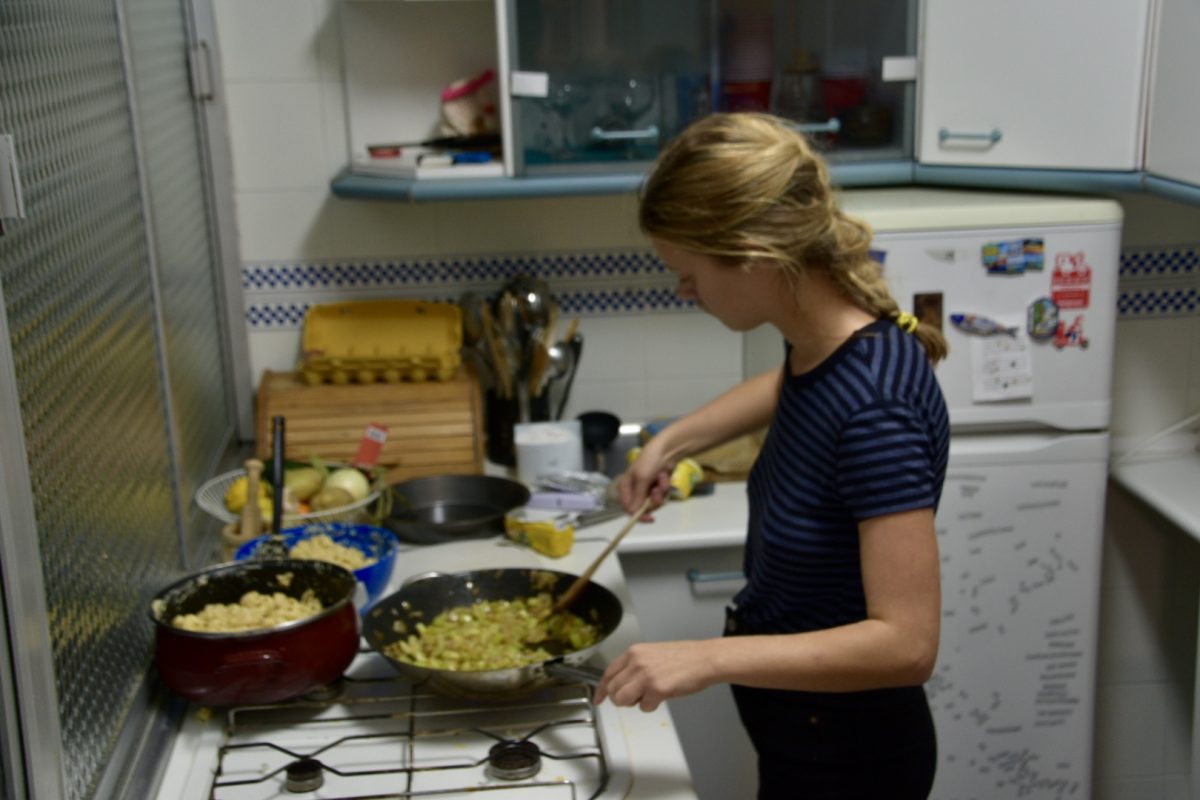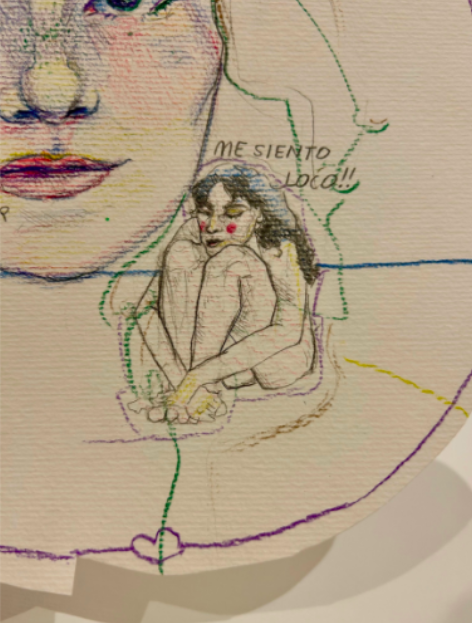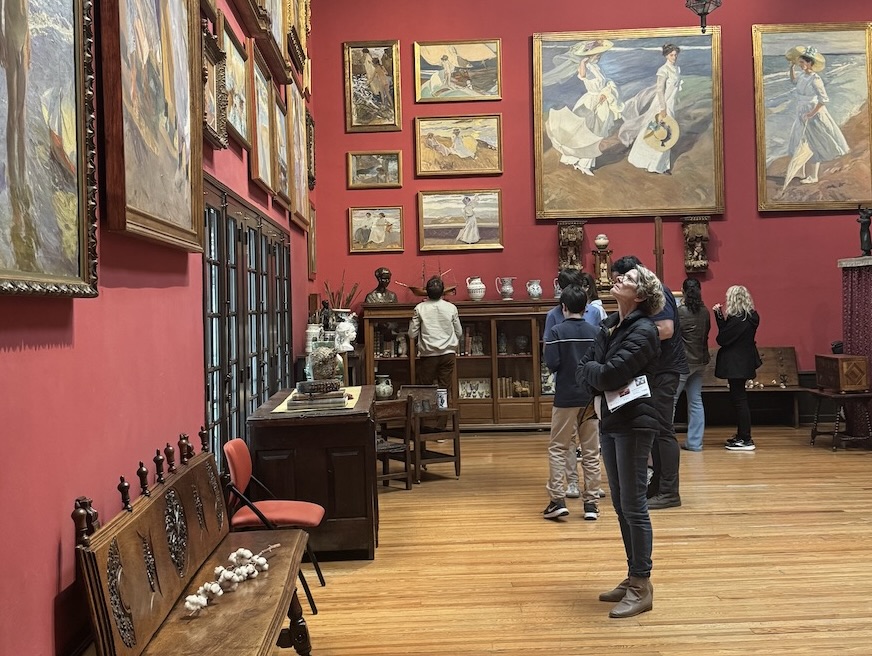From the outside, the entrance to the Sorolla Museum looks like that of a normal garden or small park, acting as a façade for passersby who are quick to miss the impressive artwork stored within the walls of the yellow house that surrounds it.
For the lucky bunch who do decide to pop into the enticing garden, either on an adventure of exploring the city or a planned visit, they are guaranteed to get a glimpse inside the life of Joaquín Sorolla, a renowned Spanish painter. The Sorolla Museum isn’t just any other museum.
The building which houses famous artworks from the late nineteenth and early twentieth centuries is the building which Sorolla lived in up until his death, leaving traces of his work including his paintbrush collection next to a half-painted canvas set up on an easel.
Intricate tiles designed using variations of greens, blues and oranges lined marble fountains in the garden from which water spewed in a perfect arch. Pink and white flowers surrounded the fountain while lines of short hedges drew symmetrical patterns creating a small walking path wide enough for only one person.
In the background, a circular bay window with several small, uneven window panes subtly bulged out from the yellow building. Various statues peeked out of the greenery which covered most of the red-bricked walls.
A large red room with high ceilings and creaky wooden floors greets you upon entry into Sorolla’s home. A combination of overhead lights and natural lighting shone down on the artwork that hung along the walls. Museum visitors strolled around the room with many tilting their head back to admire the details of each painting.
Dressed in white and sprawled out on grass, a woman places one hand behind her head while dozing off during a midsummer nap. Another individual, facing the other way, lays on their back gazing up at the sky. A red-headed woman flips through a book on her stomach next to another napper.
In La Siesta (1911), Sorolla incorporates abstract elements into his work by using thick brush strokes of shades of green to illustrate the contrast of the grass against the detailed characters dressed in white.
Another one of Sorolla’s works, Marie on the Beach (1906), depicts a woman dressed in white gazing along the edges of ocean cliffs as the rough waves of the ocean swell, ebbing and flowing against the sandy beach. A partially submerged rock stands static against the ever moving waves.
Clotilde García del Castillo (1890) is an example of a portrait completed by Sorolla. A woman with her brown hair tied back in a bun poses while perched in a wooden chair, her thumb holding up her chin. Hints of yellow catch the eye of the viewer, drawing attention to the flowers both in her hair and along her neckline.
Sorolla showcases variety in his works, using canvases of all shapes and sizes. Most of his paintings direct the viewer’s attention to people, whether it be a portrait or a character in a landscape. Elements of nature are similarly reflective in his works, suggesting hints of inspiration being drawn from the beautiful garden right outside in his backyard.
Along with the expansive art collection, most of Sorolla’s belongings are displayed along the walls. The purposeful exploitation of Sorolla’s personal space allows visitors to develop a deeper understanding of his character and personal life. Art-lover or not, the Sorella Museum is a hidden gem, bound to provide an immersive and educational experience for everyone who enters its gates.

